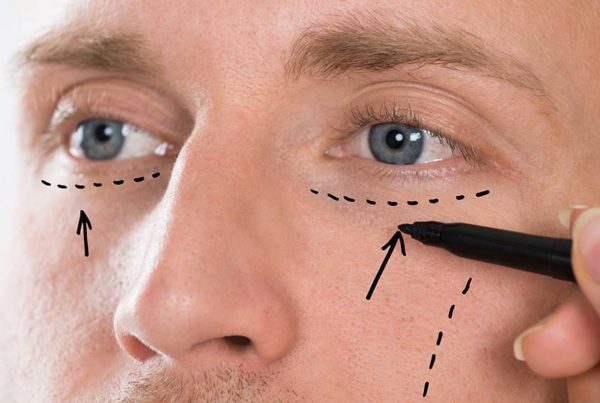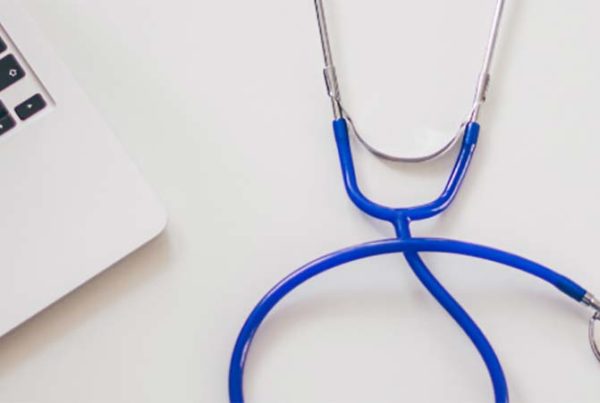
There’s a significant learning curve in learning to perform facial rejuvenation procedures correctly and expertly. Over the years, the techniques that I use have changed a lot, and this reflects my personal journey of surgical evolution.
I’ve been doing facelift surgery for almost 23 years now and there is always something new to learn. When I was training in plastic surgery, my major interest was in the area of head and neck reconstruction and surgery, so my training focused on this. After graduating as a specialist plastic surgeon, I worked for two more years overseas in the area of adult craniofacial surgery. More specifically, I trained in complex facial reconstructive surgery and micro-surgery.
As I developed a private practice, one of the types of surgery that appealed to me the most was facial rejuvenation. In many ways, it was a natural progression for me because I was already comfortable with the anatomy of the face and could use many of the complex surgical techniques I had already learned.
When you’re building confidence as a surgeon working in facial rejuvenation, you need to understand the deep layers of the face and how they are interrelated. The same goes for the skin, bone and cartilage of the nose. Craniofacial training is very helpful in understanding the structure and complexity of these amazing anatomic regions and many of the techniques learnt in reconstructive surgery can be applied to aesthetic change. So, the skill base that I acquired during craniofacial training has been critical to my level of comfort and interest in facial and nose aesthetic surgery in my career so far.
As you’re probably aware, the structure of the face starts with the skull and facial skeleton, which protects the brain and houses the sense organs of smell, sight and taste. The face is really the control panel or window of the brain, allowing external data to flow into the brain. Through facial expressiveness, the face is the place where the emotions and instructions generated by the brain can be expressed. At the same time, it provides a frame on which the soft tissues of the face sit. Once plastic surgeons understand how to work with the facial structure in reconstructive surgery, they are generally very comfortable working in the field of aesthetic plastic surgery and facial rejuvenation.
That being said, the nuances of judgement, assessment, operative planning and particular aesthetic technical knowledge are not a part of reconstructive training. These must be acquired through further learning and training and progressive experience is needed before consistent results can be achieved.
That is to say, it’s not about just doing the operation. Designing the right operation for that patient is an essential part of a successful outcome.
I performed my first facelift in private practice in 1995 – a year or so after I started out in private practice. Before that, I participated in many facelifts as a trainee and fellow in plastic surgery, but I hadn’t had the total responsibility of my own case. In the early days, myself and one of my colleagues of a similar experience level worked together, helping each other on our aesthetic cases and I must say I was glad he was there that day.
Applying the skills from my reconstructive background, I used an extended SMAS type of operation with an endoscopic brow lift procedure that I’d learned in 1994 while working in the USA. My early facelift operation was an extended SMAS procedure. Over the next decade, techniques evolved rapidly in facelift procedures, and it was clear that there were a number of ways to achieve a desired result.
The importance of facial volume correction became a global focus in plastic surgery in the early 2000s, and volume restoration using fat and other soft and hard tissue materials has been used more and more in facelift surgery.
Techniques which work well have diversified from extended SMAS type of procedures to a variety of available techniques, including composite, deep plane and less invasive SMAS procedures such as SMAS plications and SMAS suturing.
In the early 2000s, plastic surgeons Patrick Tonnard and Alex Verpaele in Belgium introduced a procedure called the MACS lift which was a much more minimal procedure. Like all plastic surgeons, I used this for a period of time before reverting to more complex facial procedures. This was because I felt that the MACS lift under-did the result too often (more on this in a later post), and did not create enough improvement in the neck.
My technique for the neck has remained fairly much the same over the years, using playtysmaplasty with a platysmal division in the mid-neck as the basic operation. I then use additional nuances where necessary, such as open fat removal, occasionally submandibular gland removal and occasionally digastric trimming or suturing to give a better neck result.
When it comes to lateral neck work, my technique has changed quite a lot, as I have added various European techniques and changes to the lateral attachment of the platysma. My techniques for the brow have evolved as well, though I still use quite a lot of endoscopic brow surgery, which I really like as an operation, and which I believe gets a bad rap unnecessarily.
I think that endoscopic brow surgery is a good operation, and this is something I often discuss with patients who are afraid of relapse. It’s a procedure that sometimes doesn’t have a great name in plastic surgery because people feel the results aren’t sustained. However, I am convinced that when this happens it’s usually because there has been a surgical error. In my experience, skilled complete release of the tissues, and proper fixation of the tissues gives a long-lasting result. If there’s a relapse, it usually means there has been inadequate release of the tissue or poor-quality fixation. When I operate, I usually use up to ten points of fixation, not two.
My preferred techniques for upper and lower lid surgery have also evolved over time. For the mid-face and cheek, over the years I have used a number of different techniques. I like the sub-periosteal mid-face cheek lift because I think it’s a safe and effective procedure for the right person, and it has a low complication rate.
In the face itself, nowadays I mostly use a composite anterior SMAS flap for the jawline and jowl, extending up towards the cheek. This is a procedure with a fairly quick recovery and a good-looking stable long-term result, which is what we’re aiming for. It’s also relatively quick and very safe.
This post has been a snapshot of the techniques I have used over the years and my preferred methods of surgery. However, it’s by no means complete, because like all interested surgeons, my work is a journey and I never stop learning.
Take a look at my realself profile where you can read patient reviews.





